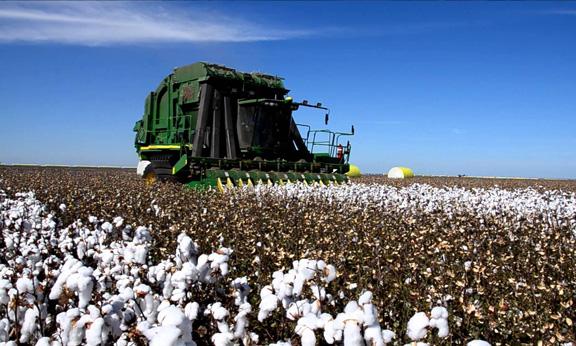
The world faces a growing water crisis, with billions of people experiencing severe water scarcity, according to a new report published in the journal Science Advances.
The report, authored by Arjen Hoekstra and Mesfin Mekonnen from the University of Twente in the Netherlands, is based on detailed mapping of water supply and usage on a monthly basis.
The findings are alarming. Severe water scarcity, when water is used at more than twice the rate at which the supply is replenished, affects 4 billion people for at least one month a year. Five hundred million people live in areas where it is a year-round phenomenon.
Areas hardest hit include densely populated countries such as China and India, as well as those with drier climates in the Middle East, Central America and Africa. In some places, such as Yemen, water sources are already dangerously depleted. The number of people struggling to find enough water for their basic needs is growing rapidly.
Australia is also singled out. Already, major river systems such as the Murray-Darling are under severe stress. This situation is only likely to worsen with hotter and drier conditions.
The vast bulk of global water is consumed by capitalist industry rather than households. According to the Australian Bureau of Statistics, in the 2013-14 financial year, total water consumption in Australia was 18,644 gigalitres. Of this, 16,772 gl went to industry and only 1,872 gl to households.
Agriculture is by far the biggest water user. According to the ABS, “Agricultural water use represents 62 percent of Australia’s total water consumption, with most being used in irrigation”. The biggest single user was the cotton industry, which accounted for 17 percent of water consumption that year (compared to only 10 percent for households).
According to Cotton Australia, there are more than 1,200 cotton farms in Australia. Between them, these farms produce around 3 percent of the total global cotton crop. The vast bulk of this crop is exported.
For the relatively small number of businesses involved, this is a highly profitable undertaking, worth upwards of $2 billion annually. It is also highly subsidised. In 2013-14, Australian households paid, on average, $3.08 per thousand litres of water. For the same amount, agricultural users paid just eight cents.
As it is with the economy, so too with the environment – in the face of a crisis, we’re told that everyone needs to pull together and “do their bit”. But if we’re serious about tackling the problem, we need to go beyond the predictable calls for shorter showers and other such consumer-oriented “solutions”.
However much we scrimp and save on water around the home, next to nothing will be achieved so long as industrial and agricultural users continue to receive vast quantities of water for next to nothing.
The problem is not one of consumption. The problem is with a system that puts big business profits ahead of the environment.
source

More Stories
Ukraine pays the price for the West’s addiction to propaganda over reality
Radical Friendship 2: Healing the divisive human need for certainty
Nobody should be surprised that Fascism is on the march across Europe.